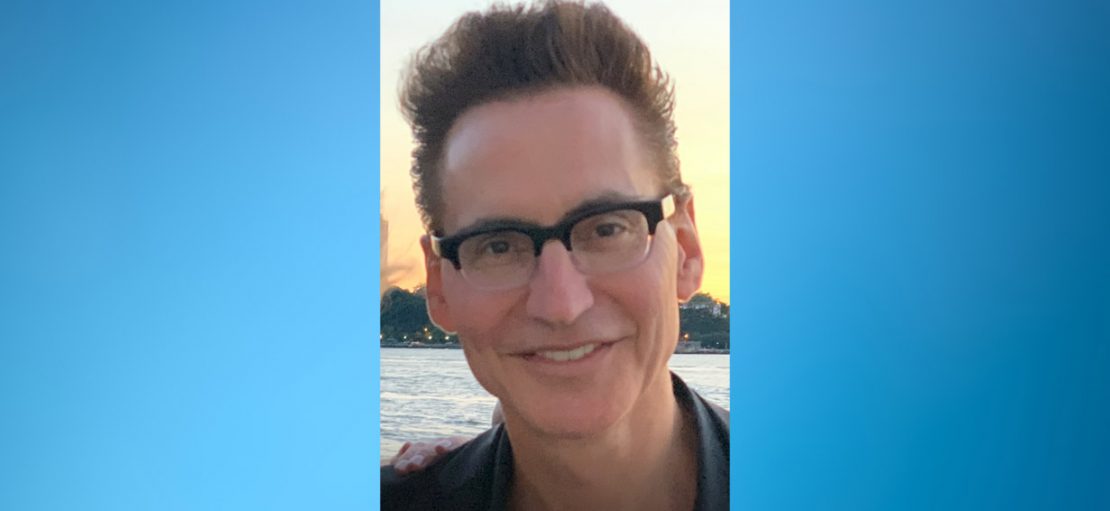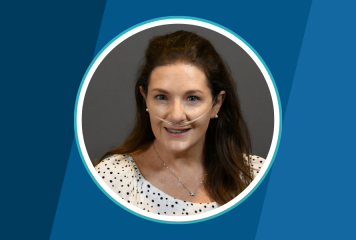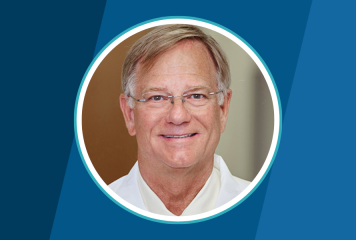Jonathan D. Marmur, MD, is a Professor of Medicine and Director of the Cardiac Catheterization Laboratory at SUNY Downstate Medical Center in Brooklyn. Dr. Marmur has trained hundreds of physicians and served on the editorial boards of several prominent journals. He holds a patent for the tissue inhibitor of metalloproteinase-1 (TIMP-1) biomarker, which may predict future adverse events such as myocardial infarction and death. His work in gene therapy and genomics has contributed to the use of recombinant DNA and viral vector technologies in models of human arterial disease. Dr. Marmur joined the ABIM Interventional Cardiology Longitudinal Knowledge Assessment (LKA®) Approval Committee in July 2024. He also served as a member of the Item-Writing Task Force for two years.
What initially drew you to the field of interventional cardiology, and how did your education and training shape your approach to patient care and research?
In the early days of my training, I think medical doctors prided themselves on a deep knowledge of their field but always felt their ability to affect outcomes were more limited than their surgical colleagues. Interventional cardiology changed all of that; we were able to come up with immediate and profound interventions for mechanical and structural problems that were previously only the ability of surgeons. When I went into cardiology, there was no subspecialty of interventional cardiology, but there was diagnostic invasive cardiology. The procedures offer an immediate gratification that feels like you’re doing something useful. I was also always interested in the physics of the heart and engineering. There’s a lot of applied physics and engineering in the cath lab. After I went into training in invasive cardiology was the beginning of angioplasty, and that was an exciting era to live through.
Your research and contributions to the field are exemplary. Do you think of yourself primarily as a researcher or a clinician? What drives your interest in research and innovation?
I struggled with that for years in my development as a physician. I loved the research laboratory, that rigorous, disciplined thinking where you are meant to question every observation, not to believe what you see but rather immediately test it for a true cause-and-effect relationship. It’s very different from the clinical environment, where you give a drug and the patient gets better, but you might not know whether it was the drug that did something or if the patient would have reached that outcome without it. In clinical medicine, you have the excitement of working with another human being at a vulnerable time, and a basic science lab can’t provide that experience. They’re very complementary. A good researcher makes a better clinician and vice versa, but it created a lot of conflict for me. You might be seeing a patient and then a critical part of the experiment happens in the lab, and you miss it, for example. It’s not the easiest life to pull off because they’re very different cultures.
I find my primary identity is as a clinician. But I try in my work to use whatever basic science and experience I have to look at questions from that researcher perspective, bringing scientific thinking to routine practice.
Having served on editorial boards and now on the LKA Approval Committee, you have a unique perspective on the evolution of cardiology education. How do you see the role of continued medical education and rigorous assessment in shaping the future of the specialty?
It’s absolutely vital because information is pouring out at such a rapid pace. As a profession, we are obligated to police ourselves and make sure standards are kept up and we’re treating patients appropriately with updated guidelines. It’s an ethical requirement to hold ourselves accountable for that. With such a rapid change in technology, ABIM has to move with the times and the different options for Maintenance of Certification are a reflection of that. I’m glad to play a small role in that.
What did you find valuable about serving on the Item-Writing Task Force? What did you discover about writing a good test question?
I was really impressed with how much effort goes into the process and the science behind the specific knowledge or understanding that’s expected of the person taking the test, and how to test for that with appropriate distractors that are plausible but supported in the literature. I was impressed by how much rigor and oversight is behind the exam development process. You work as a team and it’s nice having colleagues to bounce ideas off of and hold you accountable. It was a big learning experience for me. I had never formulated these questions before and it was an eye-opening experience to learn how rigorous the standards are for creating questions.
Reflecting on your career, what do you consider your most important achievement?
One thing is modeling for trainees that it is feasible to pursue a career that involves research training and publication, as well as higher levels of clinical training. I struggled a lot to make that point, that we need to be encouraging that in trainees. I think it’s very important that the lessons of basic science in the lab are brought to the clinic, and vice versa. I was a model to a number of trainees who have pointed that out to me and I’m happy I could provide an example for them, but I’m one of many people who have pursued scientific investigations and clinical trials at the same time as my clinical training.
The other thing is being a program director for trainees; I trained a substantial number of physicians who have gone on to pursue academic and private careers, and that’s one of the things I’m most proud of.



